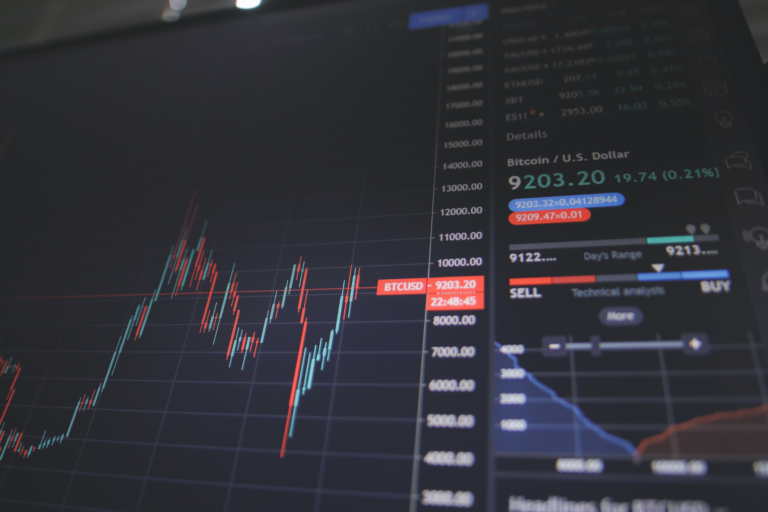
Morning Brief – What goes down..
What goes down..
That very old phrase: what goes up must come back down. To over analyse the phrase, it’s presented as an axiom that when something rises, its new level will necessarily mean it will come back down. I think the reason it’s ordered as such (up preceding down) is that from the day we’re born gravity becomes one of our most basic understandings. If we were to apply the phrase to financial markets, which people pessimistic of a certain price rise often will, there is no such thing as gravity. Instead, we have our laws of supply and demand which, sadly, act nothing like gravity. At best, what we might attribute the analysis to would be more professionally known as a mean reversion strategy.
A mean reversion strategy is one that suggests deviations from an asset’s average price over time will gradually correct back in favour of the longer-term mean. A stock, for example, trading above its average price would be a sell and one trading below would be a buy until the price level returns to the average. In our non-Newtonian markets therefore, what goes down must also come back up. So, is the short-lived dip in treasuries this week part of such an oscillation?
We have looked recently at the important US inflation data story. Lower than expected US inflation drove yields lower on treasuries on Tuesday. This was accompanied yesterday by a significant weakening in the Dollar. Yesterday we saw evidence of a significant selling of US debt once again as investors see a more attractive price point to pursue a return to higher yields. So far, this fixed income selling has only had a very marginal corrective force upon the US Dollar. Should investors continue to chase upside exposure to bond yields, the Dollar could eventually find additional demand despite the apparent decoupling of USD and T-bill price movements.
Discussion and Analysis by Charles Porter

Related Insights

Daily Brief – A short lived short squeeze?
A short lived short squeeze? Sterling is undoubtedly benefitting from a short squeeze. Traders on net had increased positions that benefit from Sterling’s demise leading into the budget. Depending upon the participant’s persuasion, that could have meant gaining an outright short exposure to the currency or, in a more mild form, trimming any or all […]

Daily Brief – Sterling slides
Sterling slides Sterling took a leg lower ahead of the European open yesterday. Despite some tentative signs of recovery, GBP was still unable to claw back losses incurred during yesterday’s session. Before we cover the cause and implications of yesterday’s stumble amongst GBP crosses, let’s look at why the Pound was set up for a […]

Daily Brief – Big day of a big week
Big day of a big week Markets have an action-packed week ahead of them. Three G10 central bank decisions will be published, kicking off with the ECB tomorrow. Thursday is the turn of the Bank of England and on Friday, the BoJ. But it’s not just the smattering of pre-Christmas central bank meetings that should […]


